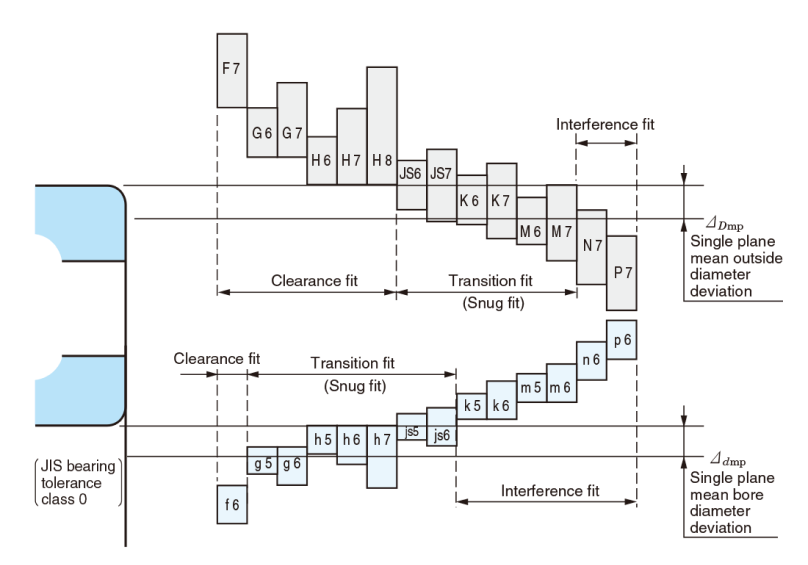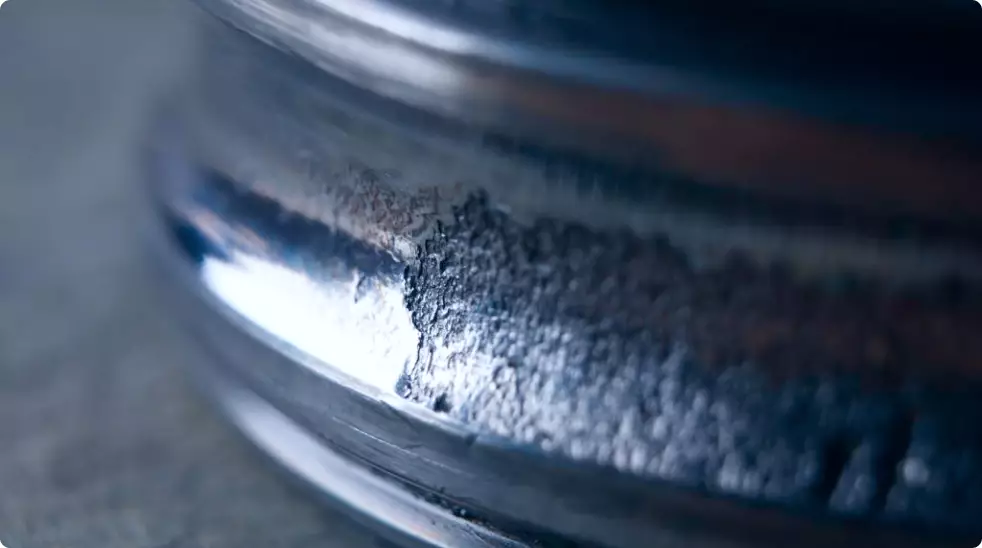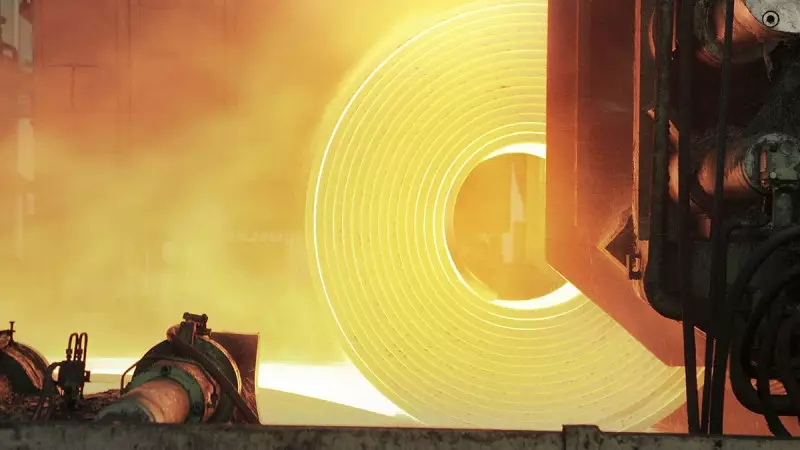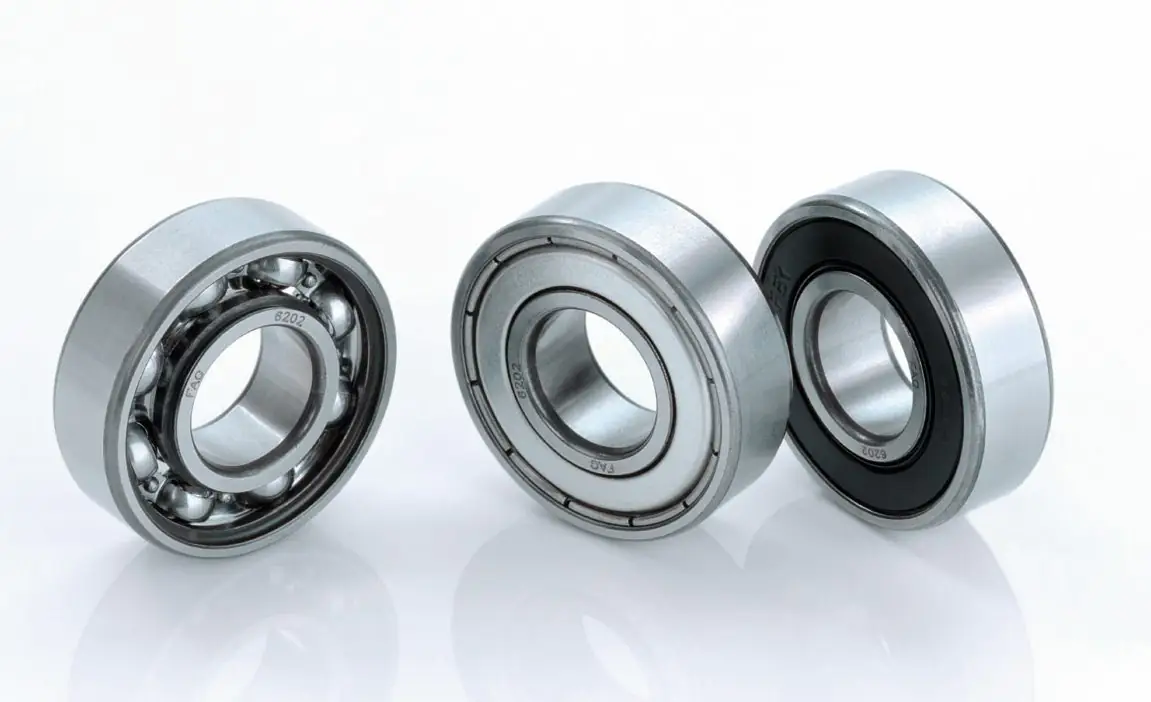
Design of Bearing Fits
For a radial ball bearing or roller bearing to function correctly, both the fit between the inner ring and shaft and the fit between the outer ring and the housing must be right for the application. The fit of the bearing is as important as selecting the correct-sized bearing.
Operating conditions determine the choice of fit.
Although a bearing must satisfy many different operating conditions for various applications, tolerance for the bearings is standard. Desired fits can be obtained by selecting the proper tolerances of the shaft diameter and the housing bore.
In the International ISA tolerance system which applies to both bearing housings and shafts, each tolerance is designated by a letter and a numeral. The letter locates the tolerance zone in relation to the nominal dimensions of the bearing bore, OD and the numeral gives the magnitude of the tolerance zone or the required degree of accuracy. Tolerances for shaft diameters and other external dimensions are designated by small letters, and tolerances for bore diameters and other internal dimensions are designated by capital letters.

The permissible amount the shaft can be oversized for a press fit is limited by the strength of the bearing ring. A slip fit is generally used where the shaft is smaller than diameter of the bearing bore. Also in the case of a loose fit between the shaft and the inner ring or between the bearing housing and the outer ring the permissible amount of looseness is limited. With increasing clearance, the deformation of the ring under load increases and the load distribution in the bearing becomes less favorable.
The selection of fit is dependent on the character of the load, the bearing dimensions, operating temperature, the heat expansion of the shaft and other parts, the design and the requirements for running accuracy. For bearing housings the selection of tolerances is also influenced by the material and wall thickness of the housing. And finally consideration must be given as shafts deform differently when solid versus hollow.
In general, a bearing can be mounted and dismounted more easily if the fits are loose. However in your design you must use a tight fit when the application requires it. In most situations mounting and dismounting bearings can be accomplished by suitable selection of the bearing type and use a design which pays attention to assembly requirements.
For the designer as a general and fundamental rule, standard bearings are preferred to special bearings unless special conditions absolutely necessitate it. In recent times bearing consumers seek high quality and low prices for bearings. Of course it is desirable to have both quality and low pricing which is a creation of value for the consumer. It is for this reason that for most applications you can specify standard values per manufacturer’s catalog tables.
In the evolution of bearings and the standardization organizations worldwide it is possible to obtain standard stock bearings and in so specifying the best value for the user.









 Short Rigid Couplings
Short Rigid Couplings Controlflex Couplings
Controlflex Couplings Jaw Couplings
Jaw Couplings Oldham Couplings
Oldham Couplings Bearing Locknuts – TCN
Bearing Locknuts – TCN Double Wide Shaft Collars
Double Wide Shaft Collars Heavy Duty Shaft Collars
Heavy Duty Shaft Collars International Series Shaft Collars
International Series Shaft Collars Keyed Shaft Collars
Keyed Shaft Collars Mountable Shaft Collars
Mountable Shaft Collars Quick Clamping Shaft Collars
Quick Clamping Shaft Collars Set Screw Shaft Collars
Set Screw Shaft Collars Thin Line Shaft Collars
Thin Line Shaft Collars Threaded Shaft Collars – Pacific International Bearing Products
Threaded Shaft Collars – Pacific International Bearing Products Two-Piece Shaft Collars
Two-Piece Shaft Collars Friction Bearing Universal Joints
Friction Bearing Universal Joints Needle Bearing Universal Joints
Needle Bearing Universal Joints

